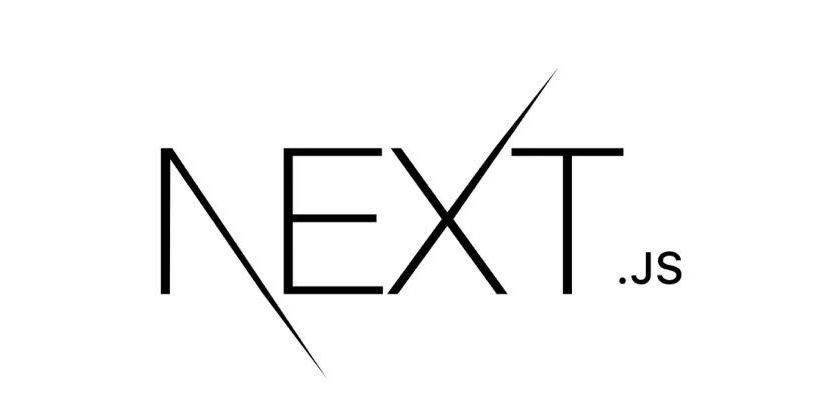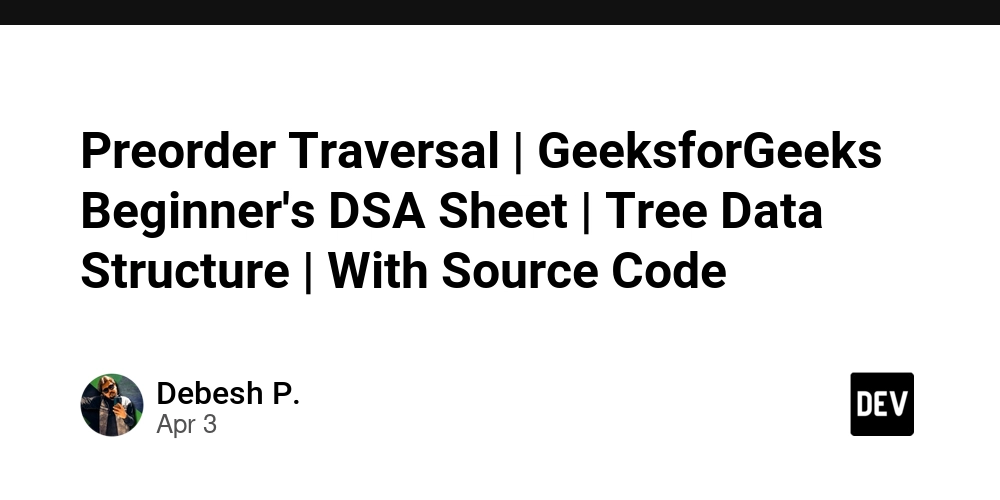Server-Side vs. Client-Side Rendering: Which One Should You Choose?
When building web applications, choosing between Server-Side Rendering (SSR) and Client-Side Rendering (CSR) is crucial for performance, SEO, and user experience. In this blog, we’ll break down both rendering techniques, compare their pros and cons, and help you decide which one is best for your project. What is Server-Side Rendering (SSR)? In Server-Side Rendering, the server processes the request, generates the full HTML page, and sends it to the browser. This means that users see content immediately without waiting for JavaScript execution. How SSR Works? The user makes a request to the server. The server fetches data, renders the page, and sends a fully formed HTML document. The browser displays the page instantly. Pros of SSR: ✅ Better SEO – Since the page is fully loaded on the server, search engines can easily crawl it. ✅ Faster First Load – Users see content almost immediately. ✅ Works Without JavaScript – The page can be viewed even if JavaScript is disabled. Cons of SSR: ❌ More Server Load – Each request needs to be processed by the server, which can slow things down. ❌ Slower Interactions – Every new request requires a page reload. ❌ Not Ideal for SPAs – Single Page Applications (SPAs) require constant interaction, making SSR less efficient. Common Use Cases for SSR: Blogs and News Websites E-commerce Sites Landing Pages with SEO Requirements

When building web applications, choosing between Server-Side Rendering (SSR) and Client-Side Rendering (CSR) is crucial for performance, SEO, and user experience. In this blog, we’ll break down both rendering techniques, compare their pros and cons, and help you decide which one is best for your project.
What is Server-Side Rendering (SSR)?
In Server-Side Rendering, the server processes the request, generates the full HTML page, and sends it to the browser. This means that users see content immediately without waiting for JavaScript execution.
How SSR Works?
- The user makes a request to the server.
- The server fetches data, renders the page, and sends a fully formed HTML document.
- The browser displays the page instantly.
Pros of SSR:
- ✅ Better SEO – Since the page is fully loaded on the server, search engines can easily crawl it.
- ✅ Faster First Load – Users see content almost immediately.
- ✅ Works Without JavaScript – The page can be viewed even if JavaScript is disabled.
Cons of SSR:
- ❌ More Server Load – Each request needs to be processed by the server, which can slow things down.
- ❌ Slower Interactions – Every new request requires a page reload.
- ❌ Not Ideal for SPAs – Single Page Applications (SPAs) require constant interaction, making SSR less efficient.
Common Use Cases for SSR:
- Blogs and News Websites
- E-commerce Sites
- Landing Pages with SEO Requirements












































































































































































![[The AI Show Episode 142]: ChatGPT’s New Image Generator, Studio Ghibli Craze and Backlash, Gemini 2.5, OpenAI Academy, 4o Updates, Vibe Marketing & xAI Acquires X](https://www.marketingaiinstitute.com/hubfs/ep%20142%20cover.png)



























































































































![[DEALS] The Premium Learn to Code Certification Bundle (97% off) & Other Deals Up To 98% Off – Offers End Soon!](https://www.javacodegeeks.com/wp-content/uploads/2012/12/jcg-logo.jpg)


![From drop-out to software architect with Jason Lengstorf [Podcast #167]](https://cdn.hashnode.com/res/hashnode/image/upload/v1743796461357/f3d19cd7-e6f5-4d7c-8bfc-eb974bc8da68.png?#)








































































































.png?#)

































_Christophe_Coat_Alamy.jpg?#)
 (1).webp?#)





































































































![Apple Considers Delaying Smart Home Hub Until 2026 [Gurman]](https://www.iclarified.com/images/news/96946/96946/96946-640.jpg)
![iPhone 17 Pro Won't Feature Two-Toned Back [Gurman]](https://www.iclarified.com/images/news/96944/96944/96944-640.jpg)
![Tariffs Threaten Apple's $999 iPhone Price Point in the U.S. [Gurman]](https://www.iclarified.com/images/news/96943/96943/96943-640.jpg)




































































































































